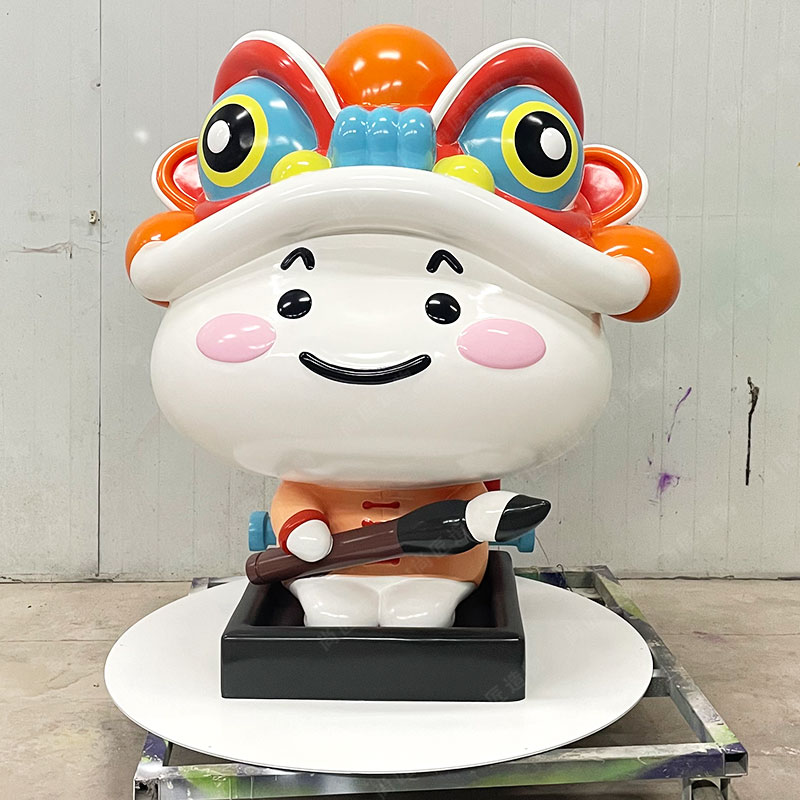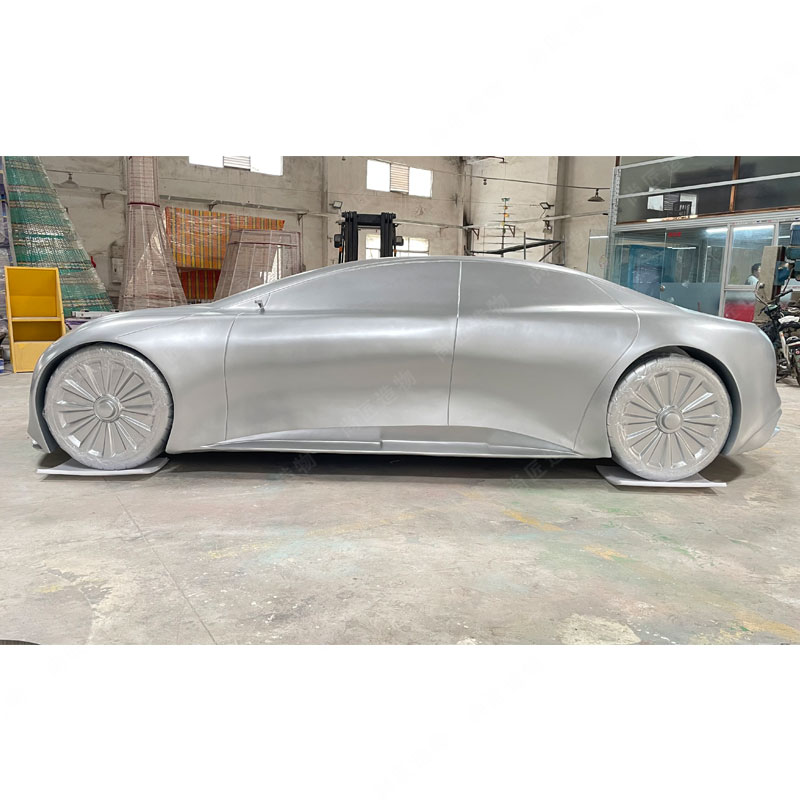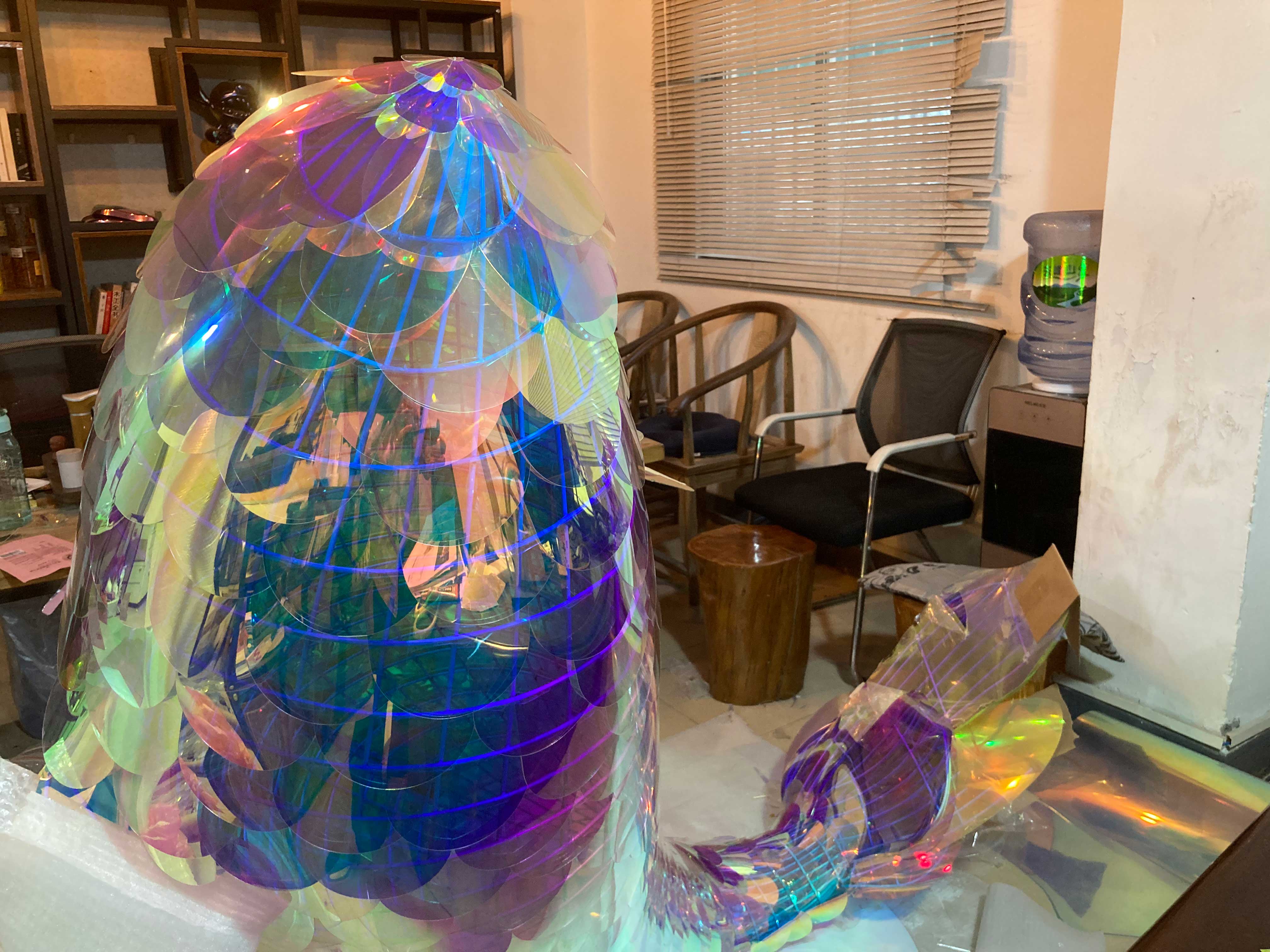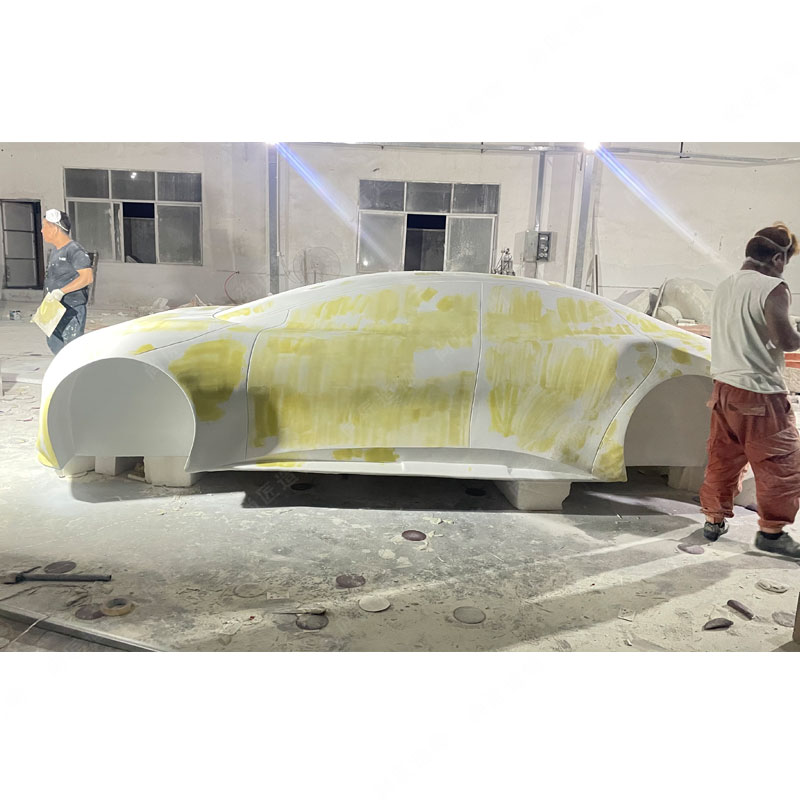Integrating fiberglass into mechanized installations provides artists with a unique opportunity to blend aesthetics with technology, dramatically enhancing viewer engagement. This lightweight and versatile material allows for intricate designs that can move and interact with their surroundings. Viewers can experience art in a new, immersive way, as the dynamics of movement foster deeper emotional connections. Importantly, the responsive nature of these installations invites participation, encouraging audiences to become part of the artistic narrative. As artists continue to explore this synergy, they redefine the boundaries of immersive art, creating experiences that resonate on multiple levels. This innovative approach not only captivates viewers but also challenges traditional concepts of sculpture and installation art.
Exploring the Artistry of Fiberglass in Mechanized Installations
Fiberglass has emerged as a versatile medium in the realm of mechanized installations, enhancing both aesthetic appeal and functional integration. Its lightweight and durable nature allows artists to craft intricate designs that can be easily manipulated by mechanical components. This fusion creates a captivating dialogue between static and dynamic forms, as fiberglass sculptures come to life through movement. The smooth surface of fiberglass can capture light in unique ways, adding depth and vibrancy to installations. Moreover, the ability to mold fiberglass into various shapes permits artists to explore complex forms that complement mechanized elements, making the overall composition more engaging. As creators experiment with these materials, they continue to redefine the possibilities of immersive art, ultimately enriching viewer experiences in profound ways. For more information about this unique medium, visit Fiberglass sculpture.
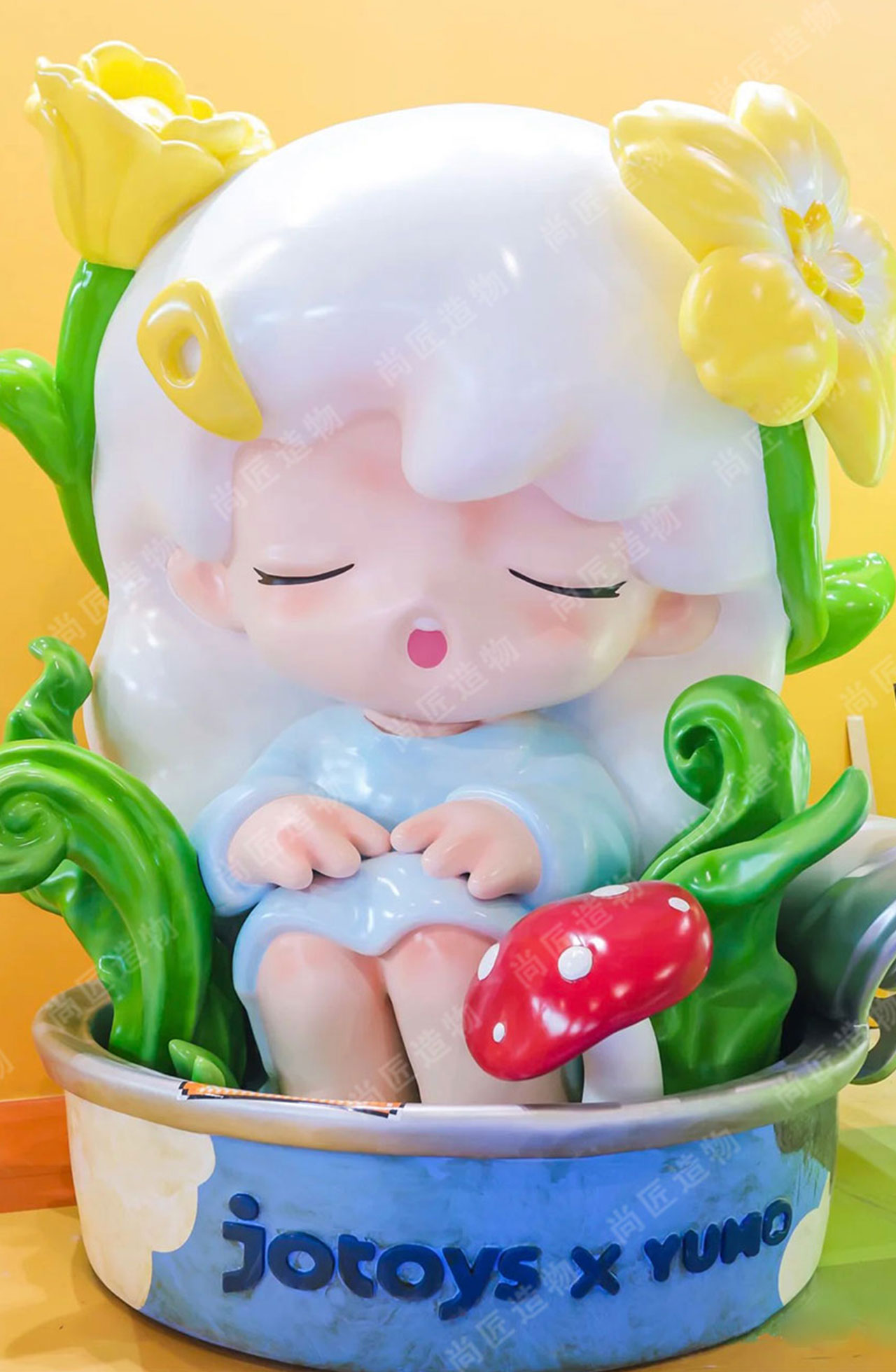
Innovative Techniques for Merging Fiberglass and Mechanized Sculptures
Combining fiberglass with mechanized sculptures opens new avenues for artistic expression. One innovative technique involves using lightweight fiberglass to create intricate designs that can be seamlessly animated through mechanical systems. Artists often explore the use of programmable motors that enable precise movements, allowing fiberglass elements to react dynamically within an installation. This interaction not only elevates the visual appeal but also creates an engaging, multi-sensory experience for viewers.
For instance, integrating motion sensors can enhance audience participation, creating responsive art that alters based on viewer proximity or movement. Additionally, utilizing transparent or translucent fiberglass can introduce light play, enriching the overall aesthetic while engaging viewers' emotions. The collaboration of these materials invites viewers to connect with the art on multiple levels, emphasizing themes of transformation and connectivity in contemporary artistic practices.
Innovative techniques like these help achieve a harmonious blend of form and function, resulting in immersive experiences that resonate deeply with audiences while showcasing the potential of mechanized installations enhanced by the versatility of fiberglass materials.
Emotional Engagement Through Fiberglass and Mechanized Art
Combining fiberglass with mechanized art can significantly enhance emotional engagement for viewers. The lightweight and moldable nature of fiberglass allows artists to create intricate designs that can respond to movement or interaction. For instance, when integrated into mechanized installations, these sculptures can produce captivating visual patterns, drawing attention and eliciting emotional reactions.
"Art is most powerful when it invites viewers to explore their feelings and experiences."
By incorporating mechanisms that adjust based on viewer interaction, such as sensitivity to sound or touch, artists can cultivate a deeper connection with their audience. This interaction not only personalizes the experience but also encourages reflection on the themes conveyed through the artwork.
Table 1: Benefits of Integrating Fiberglass in Mechanized Installations
| Benefit | Description |
|---|---|
| Lightweight Material | Easy to transport and install |
| Versatile Design | Molds into various forms and shapes |
| Enhanced Interaction | Engages viewers through responsive mechanisms |
| Emotional Impact | Evokes personal connection through movement and sound |
Understanding these dynamics is crucial for artists aiming to create accessible art that resonates on various emotional levels. The integration of fiberglass in mechanized sculptures can lead to profound experiences that linger long after viewers leave the space, inviting them back for further exploration of their own narratives. For more insights on character-inspired designs, visit IP character sculpture.
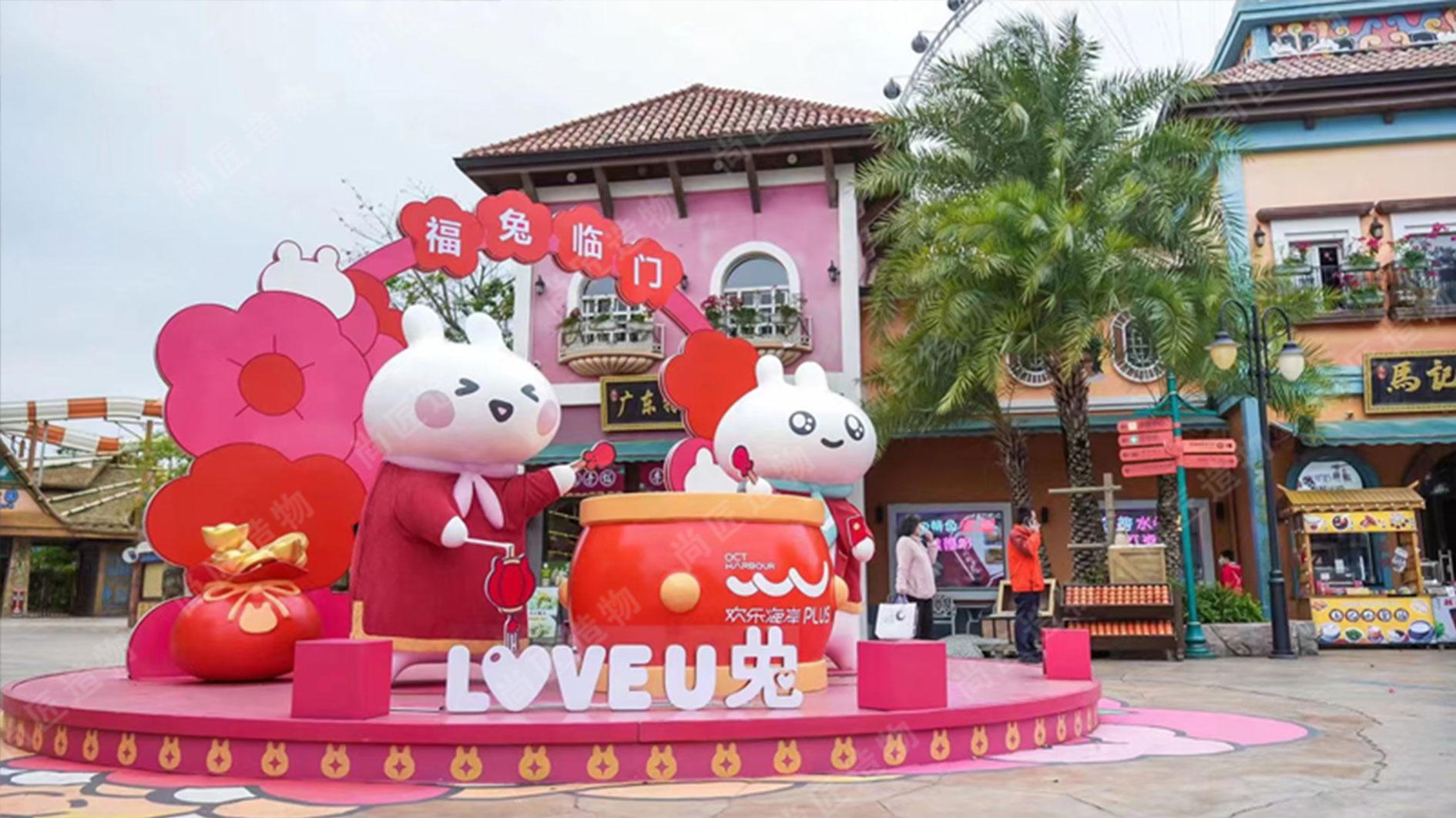
Creating Immersive Experiences with Mechanized Sculptural Forms
The fusion of fiberglass and mechanized sculptures provides a unique way to engage viewers in immersive art experiences. Fiberglass, known for its lightweight and versatile properties, allows artists to create intricate forms that can interact dynamically within an installation. These mechanized sculptures can respond to their environment, adding a layer of movement that captivates audiences. For instance, when combined with sensors or programmed mechanisms, fiberglass sculptures can change shape or position, inviting spectators to experience art from different perspectives. This interaction encourages emotional connections as viewers become part of the installation, creating a compelling dialogue between the artwork and its audience. Whether illustrating themes of nature, technology, or human emotion, these installations foster a deeper appreciation for both the craftsmanship involved and the narratives being portrayed.
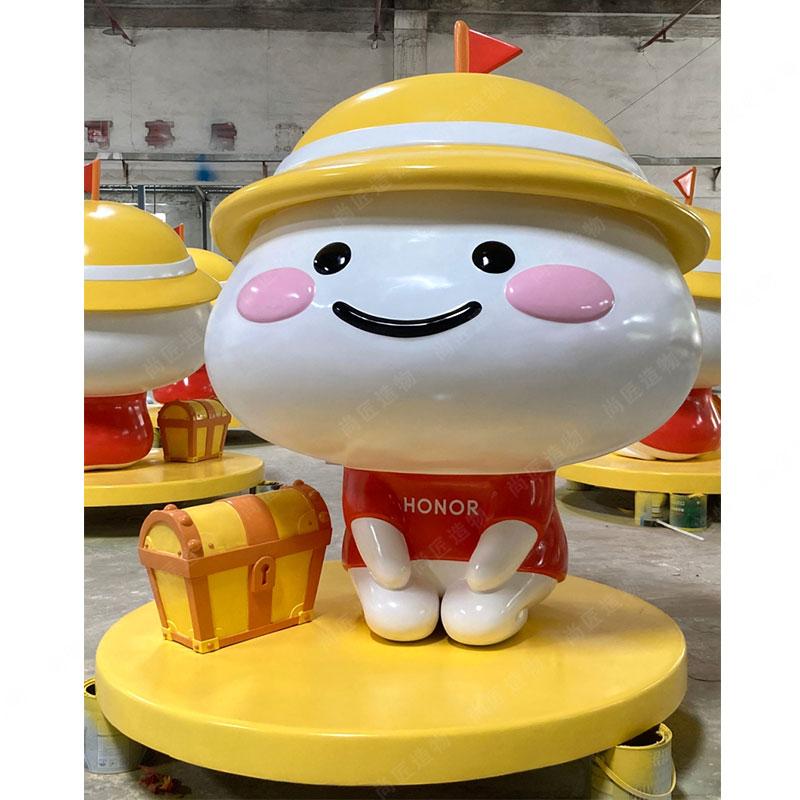
The Dynamic Fusion of Mechanized Installations and Fiberglass Design
The combination of mechanized installations and fiberglass design opens up exciting possibilities in the art world. Fiberglass, known for its versatility and strength, allows artists to create intricate shapes that can be seamlessly integrated into moving structures. These installations often incorporate kinetic elements, where the fiberglass components interact with mechanized movements, inviting viewers to engage with art in a novel way. For instance, as mechanized parts move, the lightweight nature of fiberglass ensures smooth transitions and animations, highlighting both movement and form. This fusion not only captivates the audience's attention but also evokes emotional responses as the dynamic sculptures come to life. Artists can explore themes of transformation, illustrating how static materials can convey motion and rhythm within a space. By blending these two mediums thoughtfully, creators enhance viewer experiences and encourage deeper connections with their work. The result is a dialogue between technology and artistry that transforms spaces into immersive environments full of energy and intrigue.
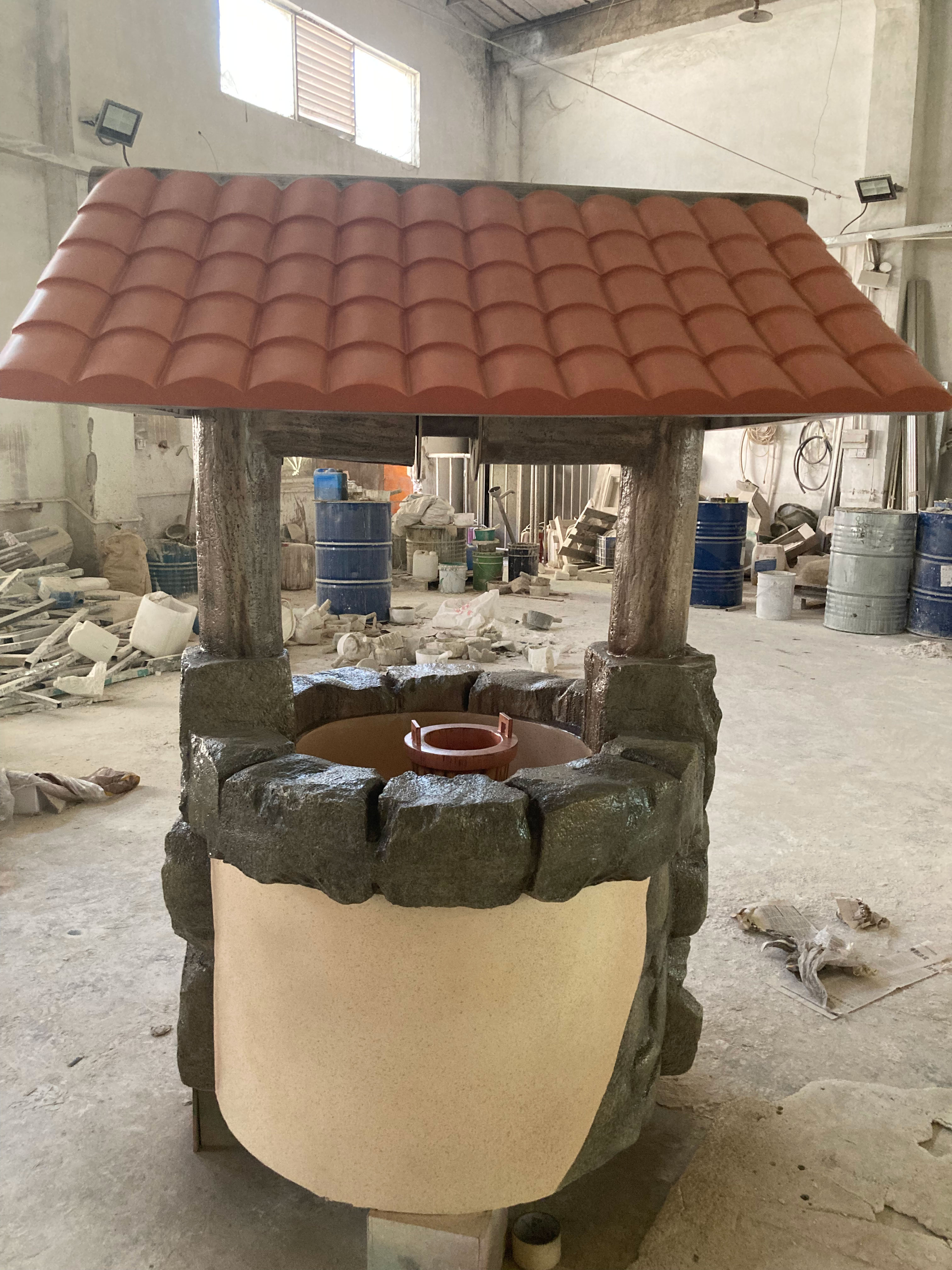
Enhancing Viewer Interaction with Fiberglass Mechanized Sculptures
Fiberglass mechanized sculptures offer a unique opportunity to elevate viewer interaction through their dynamic and tactile qualities. The lightweight and versatile nature of fiberglass allows artists to create intricate forms that can move or change shape, capturing the audience's attention. When integrated into mechanized installations, these sculptures can respond to viewer presence, creating an engaging environment. For instance, sensors can trigger movements or sounds based on the proximity of the audience, making them active participants in the artwork. This interaction fosters a deeper connection between the viewer and the piece, encouraging exploration and engagement. As individuals navigate around these installations, they not only observe but also become part of the unfolding narrative, enhancing their emotional experience within the space.

Transforming Spaces: The Impact of Fiberglass in Immersive Installations
Fiberglass plays a significant role in enhancing immersive installations by offering versatility and durability. Its lightweight nature allows artists to create large, intricate sculptures that captivate viewers without imposing heavy structural demands. This adaptability is particularly beneficial in mechanized installations, where movement and interaction are key. By blending fiberglass with kinetic elements, artists produce stunning visual experiences that engage audiences on multiple levels. The smooth surface and ability to incorporate vibrant colors enable these installations to interact dynamically with light, further transforming the atmosphere of the space. Additionally, the fluidity of fiberglass complements mechanized components, allowing for seamless integration into environments while inviting deeper emotional connections from viewers. This collaboration between materials not only challenges traditional perceptions of sculpture but also fosters a unique dialogue between the artwork and its audience, maximizing the impact of immersive art experiences.
Crafting Narrative Connections Through Mechanization and Fiberglass Art
The integration of mechanization with fiberglass art allows artists to craft compelling narratives that resonate deeply with audiences. By incorporating movement and sound, these installations bring static fiberglass sculptures to life, fostering a dynamic storytelling environment. The use of mechanized elements can highlight specific themes, such as family dynamics or personal identity, allowing viewers to engage emotionally as they witness the interplay between art and technology. Moreover, the lightweight nature of fiberglass enables intricate designs that can move seamlessly, enhancing interactions and drawing audiences into the artist's vision. This fusion creates a shared experience where viewers become part of the narrative, blurring the lines between observer and participant in a multi-sensory journey.
Conclusion
The integration of fiberglass in mechanized installations demonstrates a remarkable synergy between art and technology. As artists explore the possibilities of these materials, they open new pathways for viewer engagement and emotional resonance. By utilizing lightweight and versatile fiberglass, creators can craft intricate designs that interact dynamically with mechanized elements. This fusion not only captivates audiences but also invites them to participate actively in the art experience. As the narratives unfold through movement and sound, viewers develop a deeper appreciation for both the artistic craft and the innovative techniques employed in contemporary installations. Ultimately, this evolution transforms not just the artwork itself but also how people relate to and experience art in immersive environments.
FAQs
What are mechanized installations?
Mechanized installations are artistic creations that incorporate moving parts, often enhanced with technology to interact with viewers and environments.
How does fiberglass enhance mechanized installations?
Fiberglass adds versatility and lightweight properties, allowing for intricate designs that can move fluidly within the installation.
What emotional responses can these installations evoke?
By integrating movement and responsive features, these sculptures prompt deeper emotional connections, encouraging viewers to engage and reflect on their experiences.
Can viewers participate in these installations?
Yes, many mechanized installations use sensors, making them interactive. Viewers can influence the artwork through their presence or movements.
What themes are commonly explored in fiberglass mechanized art?
Themes often include nature, technology, and personal emotions. Artists use movement and design to communicate complex narratives through their work.
 ch
ch English
English

